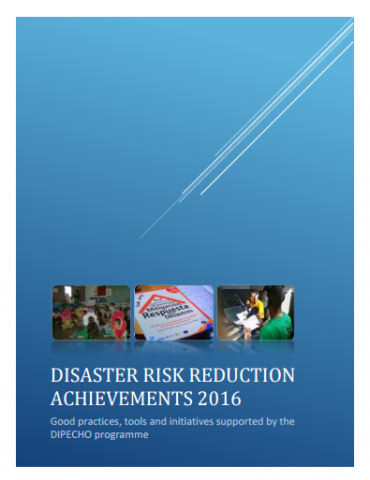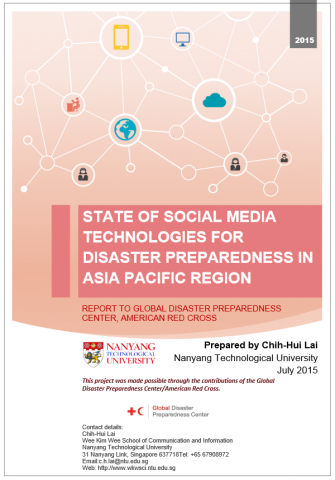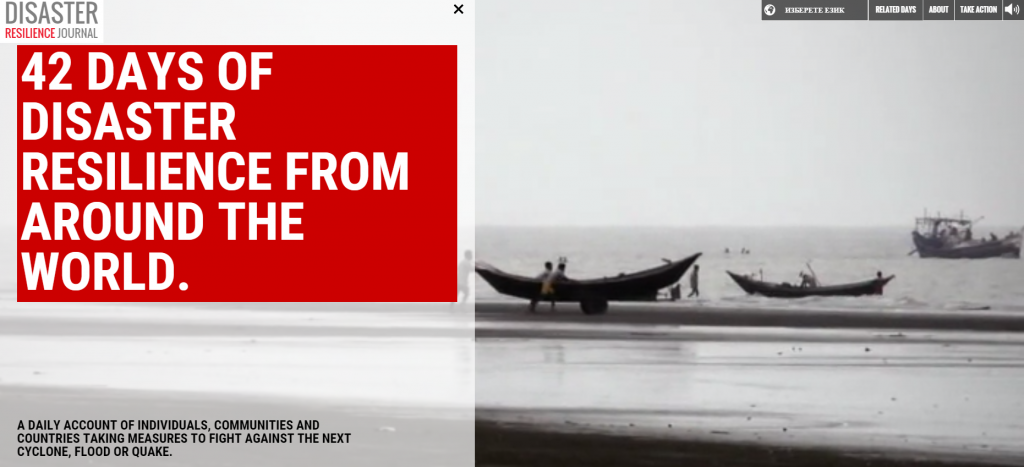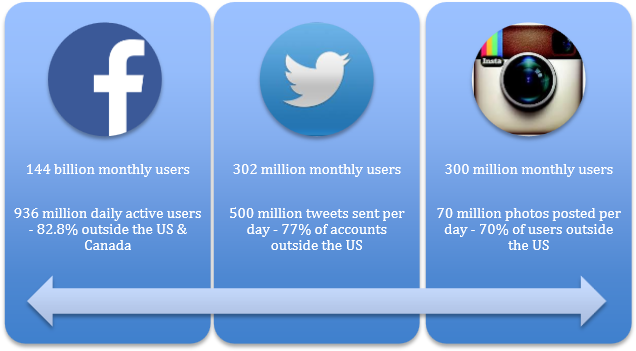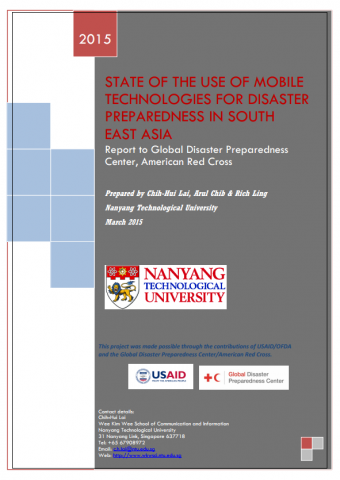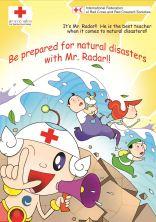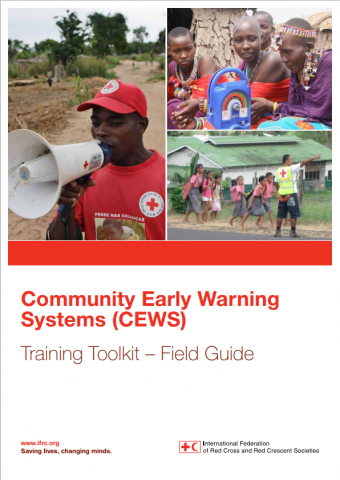Dream Location or Disaster Risk
Radhika Murti – TEDx Radhika asks: How are risks informing your choices — of home or holiday destination? Are you informed about past disasters and their probability in the future? And what are you doing to reduce the risk of natural hazards turning your dream location into a disaster situation in the future? Radhika Murti […]
Dream Location or Disaster Risk Read More »

